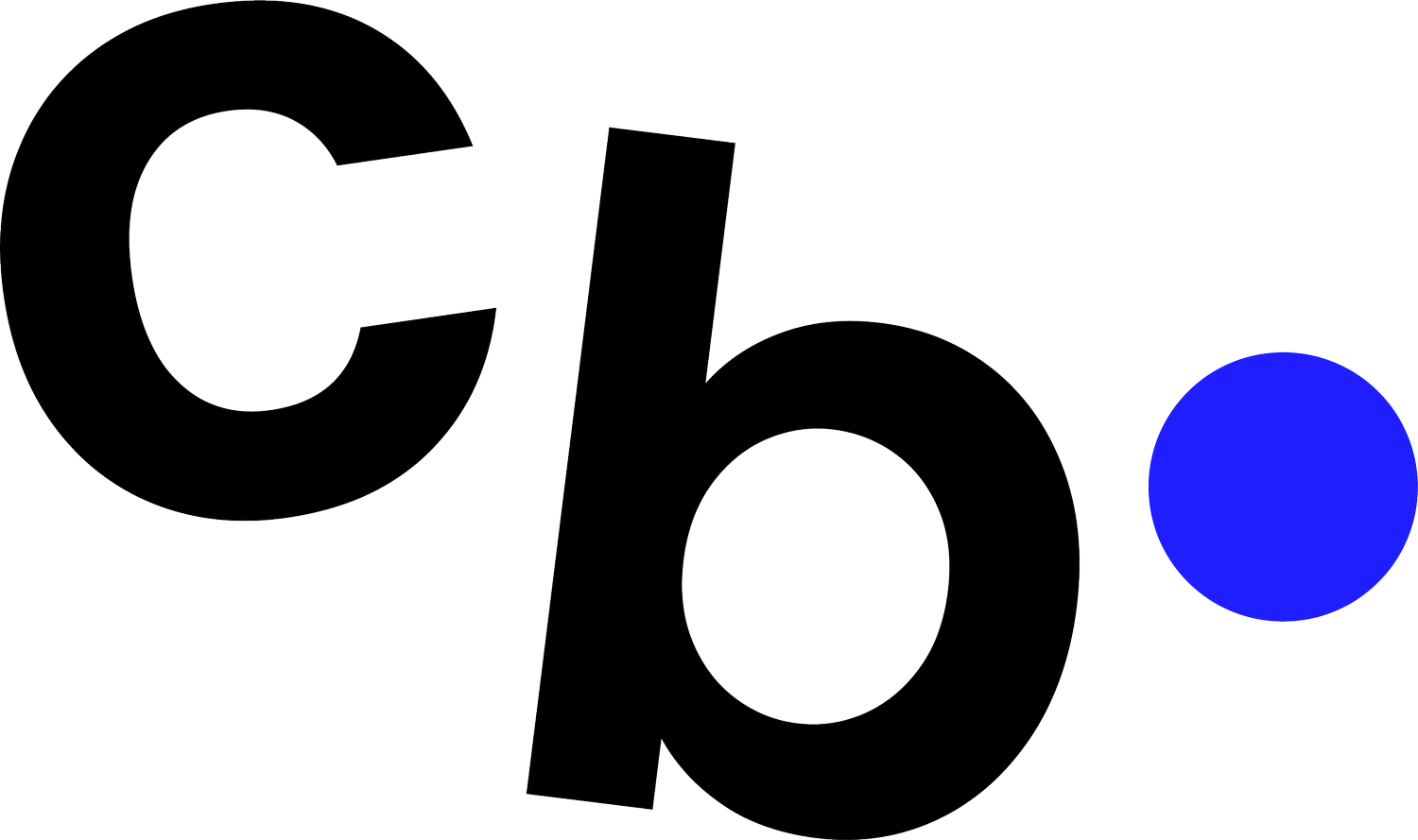How to Tell your Brand’s Story
You have likely heard the adage ‘people buy from people’, and it’s true. But you don’t see the CEO’s of brands like Innocent, John Lewis or Sweaty Betty constantly showing up on Instagram to speak to their audience. Instead, these brands use an age-old technique, more powerful than any new marketing buzz to create memorable connection with their customers: storytelling
Stories are so powerful for two reasons; firstly, because they evoke an emotional response from us, and secondly because stories are the brain’s way of remembering things.
The first one is evident from the deluge of heart-wrenching Christmas ads that are about to hit our screens - the ‘John Lewis effect’! By giving us delightful, bittersweet stories of children’s adventures with their imaginary friends, families laughing together around a fireplace or a snowman and woman wanting to stand together, these brands tap into our emotions and capture our hearts.
They also make themselves easier to remember (if the story is distinct enough), giving them a market advantage. Why? Well, if you’ve ever used a mind map to remember things or had to retrace your footsteps to find your keys, then you will know that narratives help our brains connect different facts and actions. In fact, memory champion Yanjaa Wintersoul uses storytelling to learn and recall record-breaking amounts of information – watch and prepare to have your mind blown!
So How Can Storytelling Work for Your Brand?
There are lots of ways you can tell stories in your brand, for example how the business started, or the story of the life your product or service will allow your customer to have.
The great thing about founder stories is that every single business has one. Perhaps your business came about because you had a personal experience of needing something and being unable to find it? Perhaps it was the result of a night in the pub with friends, or perhaps you were born to do what you do... whatever brought you to where you are today is your founder story.
I’ve worked with most of my clients on helping them build a brand story, and one of my favourite examples is La Basketry which is a brand that both sells baskets and can teach you how to weave your own. Tabara and I sat in a tapas restaurant in Peckham on a cold February day and wrote the essence of her story in my notebook. Four and a half years on, their story has evolved but the core is the same.
Telling Your Story: Useful Prompts
- When did the idea for your business first come to you?
- Did you create this business in response to a problem or challenge? Perhaps you found yourself in a situation where there was no good solution for a problem you faced, and you realised you can’t be the only one facing that problem?
- Do you remember where you were when you realised you were going to go for it? e.g. Were you in the queue at the Post Office and suddenly it clicked into place? Give lots of details to paint a clear picture of the ‘eureka’ moment.
- How did you feel at that moment of realisation?
- What action did you take? (e.g. Quit your job, called your spouse, ordered £500 worth of fabric, etc.)
- Have you faced any major set backs or challenges trying to launch this product? What have you learned from them? Have you had to go back to the drawing board, pivot the idea or just fight extra hard to shout about why this business is so important in an unequal marketplace?
- Where is your business today (has there been an evolution from when you first had the idea to now?)
- What is your mission for your business (i.e. why do you offer the service/product you do?)
- How does your business impact people? Have you had lots of great feedback? Has that spurred you on?
- What’s next for your business? What goals do you have for the next chapter?
Brands with great founder stories
Benefit cosmetics had an unusual start to their success, when exotic dancers in the area realised their Rose Tint enhanced their nipples!
Benefit Cosmetics started out selling nipple tint to exotic dancers in 1976
Innocent started out as a small smoothie stall at a festival, they asked people to throw their empty bottles into bins marked ‘Yes’ or ‘No’ to determine whether they should quit their jobs and start making smoothies full time
Bravissimo started because Sarah Tremellen was fed up with sales assistants telling her the pretty bra designs were only available in the smaller sizes
New York salon Bumble & Bumble’s success skyrocketed after supermodel Karen Elson wears her hair in the salon’s signature ‘bad bob’ cut.
Dr Marten’s boots started life as a medical shoe for an injured soldier, then got catapulted into popular culture when The Who started wearing them as a symbol of the working classes
Airbnb started as two rent-strapped lads charging people $80 to sleep on an air bed in their flat during a conference.
I hope these stories have inspired you to write your own brand story! If you need any help with this, get in touch to discuss how I could help you tell your story.



